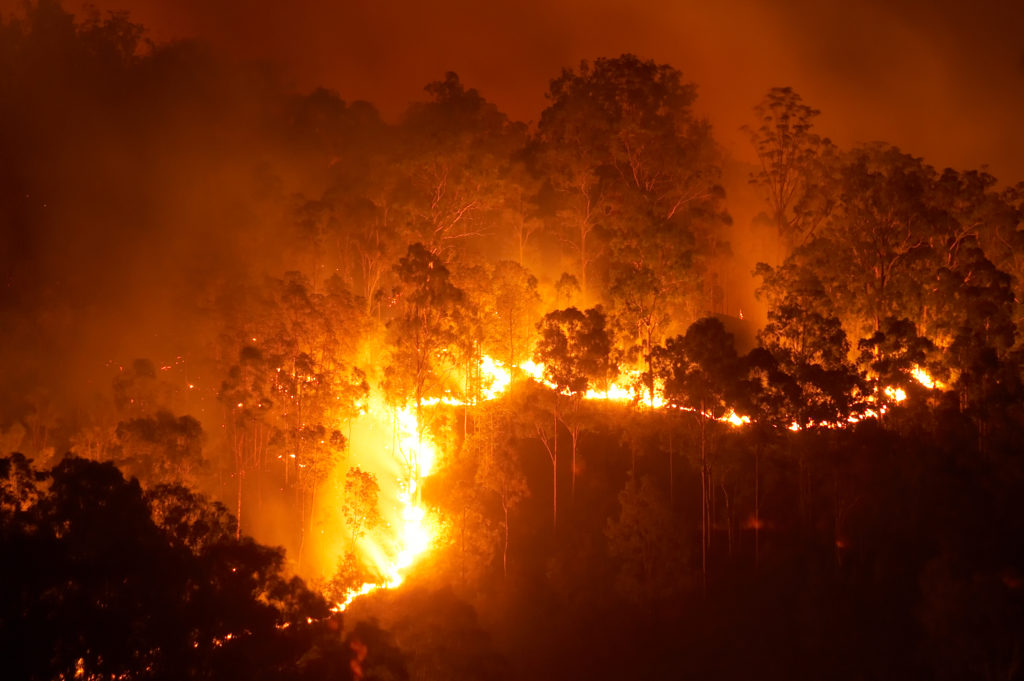BAL Report Fundamentals: Essential Info for Property Owners
BAL Report Fundamentals: Essential Info for Property Owners
Blog Article
Ensuring Shrub Fire Protection Through Appropriate BAL Record Analysis
In the realm of bush fire defense, the meticulous analysis of Bushfire Assault Level (BAL) records stands as a keystone for securing properties against the destructive effect of wildfires. With environmental aspects and property attributes playing significant functions in figuring out the degree of risk, an extensive understanding of BAL rankings becomes vital. The actual significance lies not simply in understanding these reports but in decoding them properly to develop tailored fire defense approaches. By diving into the relevance of BAL report analysis, we discover a realm where notified choices lead the path in the direction of strengthening building security and strength in fire-prone areas.
Comprehending Bushfire Assault Level (BAL)
In the realm of bushfire security, comprehending the Bushfire Strike Degree (BAL) is vital for guaranteeing reliable mitigation approaches. Comprehending the BAL score of a building is vital for home policymakers, building contractors, and owners to carry out ideal procedures to secure against bushfire risks.

Significance of BAL Record Analysis
An essential facet in bushfire protection planning entails the complete evaluation of BAL reports to evaluate the potential threats and determine ideal reduction methods. BAL reports provide essential information concerning the potential effect of bushfires on a residential property based on numerous variables such as vegetation kind, range to possible fire hazards, and incline of the land. Analyzing these reports with precision is extremely important in establishing reliable bushfire defense measures customized to the particular threat account of a building.
Carrying Out Fire Security Steps
Applying reliable fire security steps is essential for safeguarding residential properties in bushfire-prone areas. This entails cleaning combustible plant life, such as dry leaves and branches, within a particular span of the residential property.
Moreover, having a properly maintained and adequate water supply, such as a storage tank or swimming pool, can help firemans in their efforts to shield the building. BAL Report. Generally, implementing a combination of these fire defense measures can significantly raise the opportunities of securing residential or commercial properties throughout bushfire events.
Mitigating Risks in Fire-Prone Locations
To fortify residential or commercial properties against bushfire threats, a tactical focus on mitigating risks in fire-prone locations is necessary. One vital element of threat mitigation is preserving defensible area around homes by clearing flammable plants, ensuring appropriate spacing between trees and frameworks, and employing fire-resistant landscape design practices.
Moreover, creating or retrofitting buildings with fire-resistant products and ensuring proper maintenance of roofing systems, gutters, and external cladding can dramatically improve the building's durability to bushfires. Establishing and practicing a bushfire emergency situation plan with all occupants, consisting of emptying procedures and communication methods, is also crucial in mitigating dangers efficiently. By taking on a proactive method to run the risk of mitigation in fire-prone locations, homeowner can much better shield their properties and boost total bushfire preparedness.
Ensuring Property Safety and Strength
Ensuring the security and durability of buildings in fire-prone locations calls for an unwavering dedication to durable precautionary measures and calculated planning. Building security begins with carrying out reliable steps to here minimize fire hazards.
Durability, on the various other hand, entails the ability of a home to hold up against and recuperate from a bushfire. This can be improved with the installation of coal guards on windows and vents, guaranteeing that access points for embers are reduced. Furthermore, having a well-thought-out evacuation strategy and exercising it on a regular basis can substantially increase home resilience. Working together with neighbors and regional fire authorities can likewise reinforce the security and strength of residential properties in fire-prone locations. By proactively attending to these elements, home owners can better shield their assets and enjoyed ones from the risk of bushfires.
Final Thought
In verdict, guaranteeing bushfire defense with correct BAL report analysis is critical for comprehending the degree of danger positioned by bushfires and applying needed fire security actions. By reducing threats in fire-prone areas and ensuring residential or commercial property safety and security and resilience, communities and individuals can much better get ready for and react to bushfire events. It is important to focus on fire precaution to protect lives and residential or commercial property in these high-risk atmospheres.
In the realm of bush fire security, the careful analysis of Bushfire Assault Degree (BAL) reports stands as a keystone for securing homes against the disastrous influence of wildfires (BAL link Report). Recognizing the BAL ranking of a residential property is vital for property policymakers, owners, and contractors to implement ideal measures to protect versus bushfire risks

BAL reports supply important details concerning the prospective influence of bushfires on a home based on different aspects such as plants type, distance to potential fire hazards, and incline of the land (BAL Report). Generally, carrying out a combination of these fire defense steps can significantly More about the author raise the chances of safeguarding buildings during bushfire occasions
Report this page